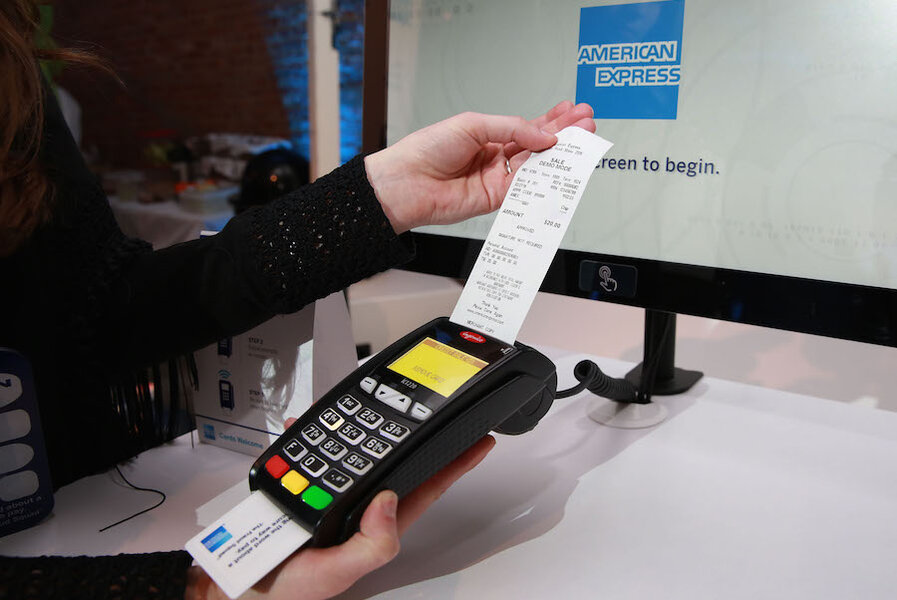Why you haven’t received an EMV-chipped credit or debit card yet
Loading...
Those new credit cards with anti-fraud chips are coming — really. But according to a survey commissioned by the payments company ACI Worldwide, nearly three in five U.S. consumers with one or more credit or debit cards reported they hadn’t yet received a new chip-enabled card.
The findings from a scientific poll of about 1,000 U.S. adults in late August, suggests the U.S. transition to EMV — Europay, MasterCard and Visa — technology on Oct. 1 might not be as fast as some imagined.
EMV chips, shiny little microprocessors embedded in credit and debit cards, help encrypt payment information when used at EMV-capable terminals and make counterfeit card fraud almost impossible. After Oct. 1, the party that doesn’t support EMV — either the issuer or the merchant — will be held liable for fraud that occurs at point-of-sale, instead of the issuers.
There’s a financial incentive for issuers to switch as soon as possible. So what’s the hold up?
A gradual shift to EMV
Seth Ruden, a senior fraud consultant at ACI, a company that sells electronic payment processing software, says one reason some people are still sporting magstripe cards is because banks are issuing chipped cards in waves — not all at once. If you have a low credit limit, for instance, your chipped credit card might take longer to get.
“Banks may reissue cards to people who travel internationally or have higher credit lines first,” Ruden says.
In some cases, the process has taken longer not because of the banks, but because the vendors, Ruden adds. With millions of cards to reprint, filling orders tends to take more time.
In the weeks leading up to Oct. 1, issuers are rushing to get more chipped cards out. If you haven’t received one yet, there’s a good chance you’ll get one soon.
Debit cards are slow to transition
While you’ll likely get most of your credit cards reissued before the Oct. 1 deadline, don’t expect to get a chipped debit card by that time, Ruden says.
Because of this amendment, debit card issuers are required to offer at least two payment routing options for merchants. Credit cards require just one. It’s taken longer to develop a chip that can support multiple options, so most banks have had to delay their EMV-chipped debit card rollouts.
Only 25% of debit cards are expected to be migrated to chipped cards by year’s end, according to a 2015 study by the debit network Pulse. By the end of 2017, nearly all debit cards are expected to be reissued with chips.
Next steps
Regardless of whether your credit card has a chip, the cost of fraudulent charges will fall to the merchant or the issuer after you report them — not to you. For debit cards, you’ll have the same liability for fraudulent purchases as you would with a magstripe card.
But if you’re among the 59% who haven’t received a chipped card yet, and are planning an international vacation, or if you just want to thwart a potential counterfeit card operation, you may want to call your issuer to request an updated card. Typically, it takes about a week or two to receive a new card in the mail.
Don’t get too eager about using your chipped card at an EMV-enabled terminal, though. Only about a quarter of card-accepting merchants will have EMV-capable terminals by Oct.1, according to a recent study by The Strawhecker Group. Until more merchants transition, you’ll likely be swiping your EMV card in old card readers, instead of doing chip-enabled transaction on new terminals.
Ruden says, “We have a very long transition ahead of us.”
Claire Tsosie is a staff writer at NerdWallet, a personal finance website. Email: claire@nerdwallet.com. Twitter: @ideclaire7.







